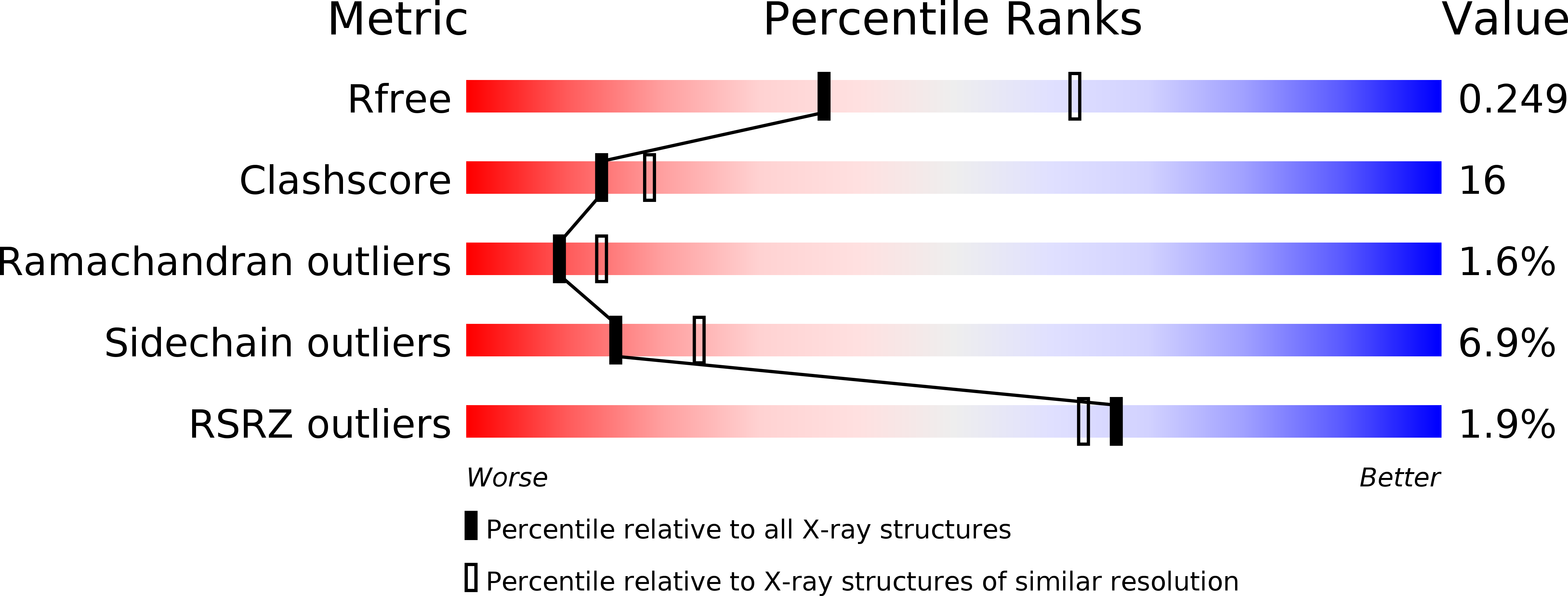
Deposition Date
2006-11-22
Release Date
2007-12-11
Last Version Date
2023-10-25
Entry Detail
PDB ID:
2E3C
Keywords:
Title:
Crystal structure of the catalytic domain of pyrrolysyl-tRNA synthetase
Biological Source:
Source Organism:
Methanosarcina mazei (Taxon ID: 2209)
Host Organism:
Method Details:
Experimental Method:
Resolution:
2.65 Å
R-Value Free:
0.25
R-Value Work:
0.20
R-Value Observed:
0.20
Space Group:
P 64


